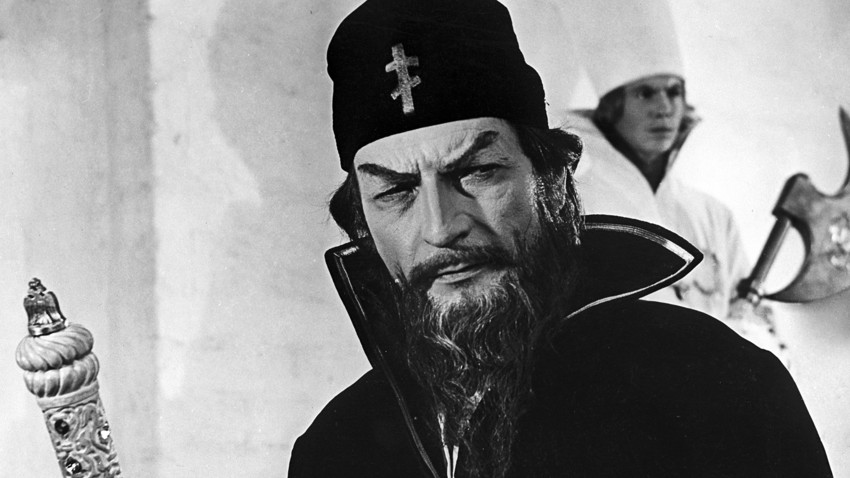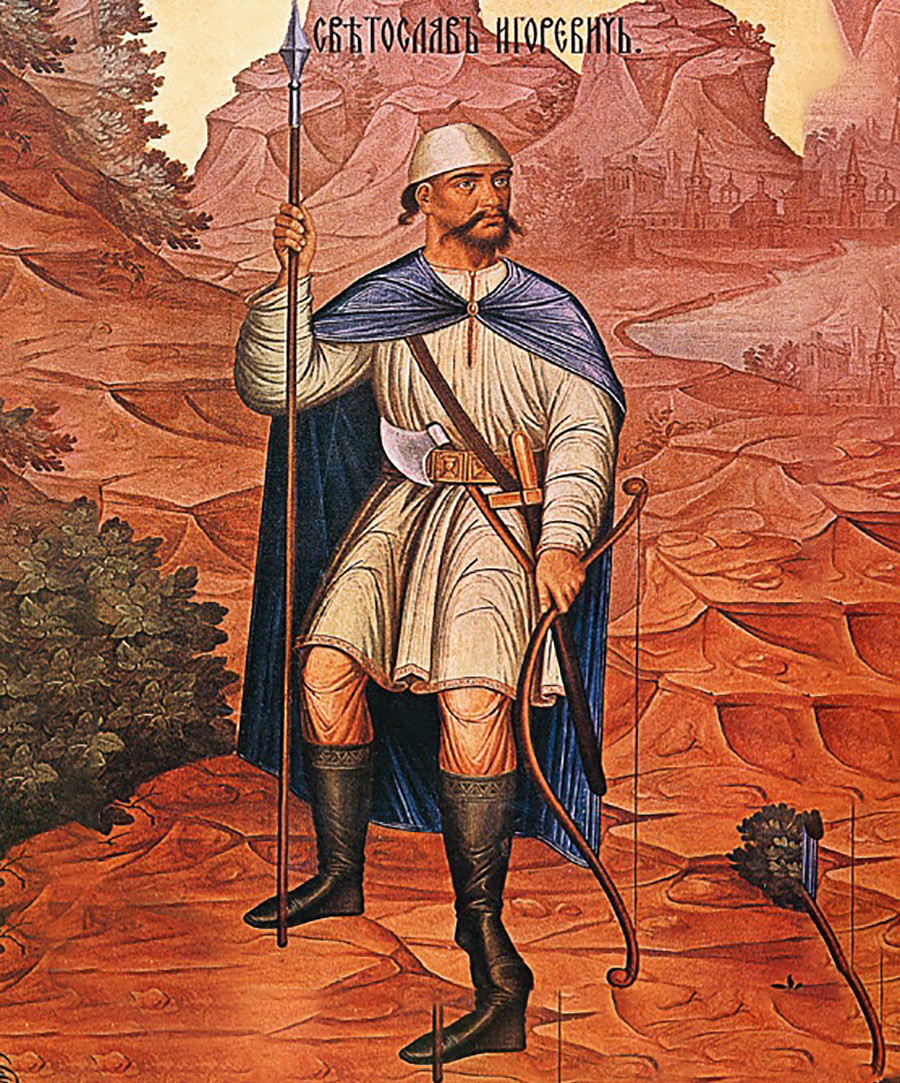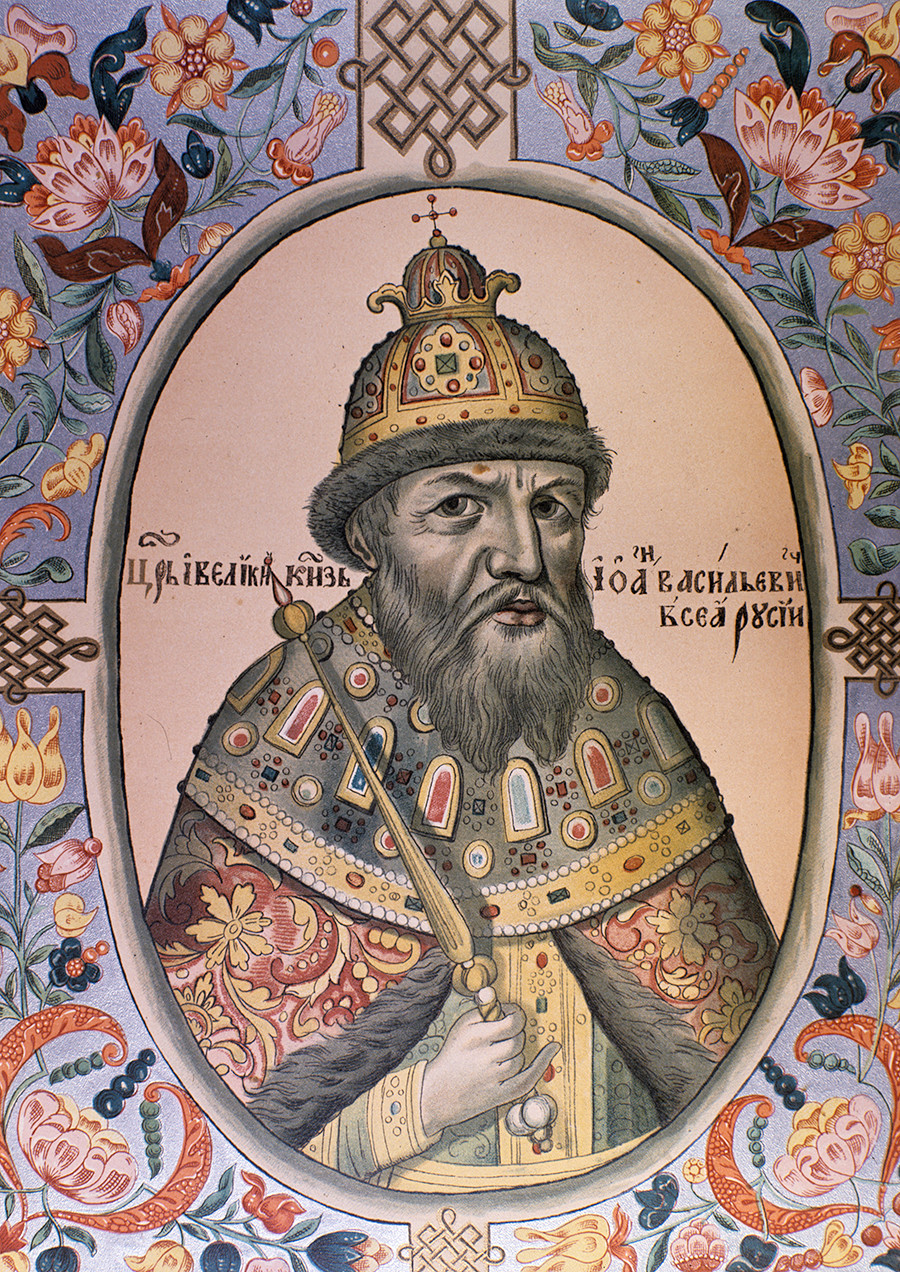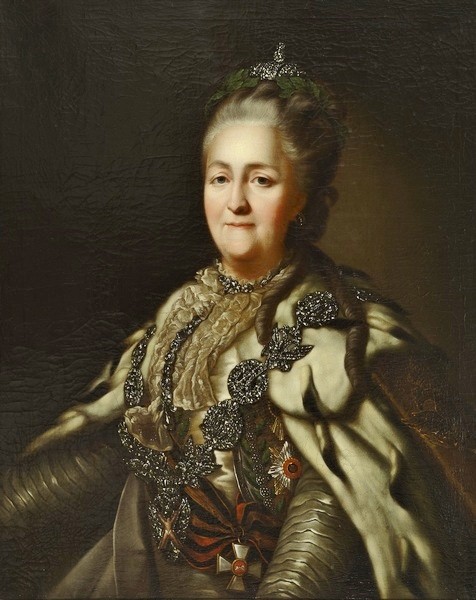Russia’s top 3 most belligerent rulers

A still from the movie "The Czar's Bride" where Pyotr Glebov played Czar Ivan the Terrible
Sputnik1. Svyatoslav I
Motto: “I come at you!

Svyatoslav spent his entire reign in constant warfare with Rus’ neighbors
Public domainSvyatoslav spent his entire reign in constant warfare with Rus’ neighbors. He was the last pagan ruler of the ancient Russian state. He did not want to convert to Christianity fearing that he would lose the allegiance of his warriors. By the end of his rule, he allegedly managed to carve up by
He defeated a mighty power in the region, Khazaria. It controlled the lower part of the Volga trade route. Svyatoslav subjugated some East Slavic tribes and crushed the Alans and the Volga Bulgars. He also defeated Bulgarians in the west and allegedly wanted to move his capital from Kiev to the Danube.
However, his victories over the Bulgarians were frowned upon by the neighboring Byzantium Empire, and Constantinople sent its troops to deal with the belligerent Slavic prince. They forced his retreat and on his way back to Kiev he was ambushed by a nomadic tribe. There is a suspicion that nomads did not do it entirely on their own – it is believed they had the blessing of the Byzantines. Svyatoslav was killed in the battle and the tribe’s chief, as the ancient chronicle details, made a chalice out of his skull.
2. Ivan IV the Terrible
Motto: "The leader of our army is God, not a human being"

Ivan IV was a cruel and persistent ruler in pursuing his agenda both in the matters of peace and war. It is already evident in the case of his first campaign – against the Khanate of Kazan in 1547. The two Khanates – of Kazan and Astrakhan – were the remnants of the once powerful Mongol state (the Golden Horde) that ruled vast swathes of Russia for more than two centuries. Except for the practical need to stop the khanate’s raids on Russian lands, the campaign had a symbolic dimension – to completely cut the former dependency and demonstrate Moscow’s new status. “Victory in these wars… required enormous efforts and sacrifices.
After having expanded and cleared the eastern borders that paved the way for the further extension of Russia’s territory to Siberia, Ivan IV turned his attention to the south and west. Crimean Tatars regularly raided and plundered Russian land sometimes even reaching as far as Moscow. In 1571, the Crimean khan burnt the city down. But this was the apex of the
It was not the same with Ivan’s opponents in the west. In order to get access to the Baltic Sea trade routes, the tsar declared war on the Livonian Order that inhabited an area that is now that of the Baltic states. According to Penskoy, “for the first 20 years of the war (it lasted for a quarter of a century) Ivan IV held the initiative, taking a significant part of Livonia except for the two major cities - Reval (Tallinn) and Riga.” But then he lost everything - “Moscow lacked resources for simultaneous and successful wars on
3. Catherine the Great
Motto: "While I still live I shall defend my Motherland by pen and sword"

Being an ethnic German, she nevertheless managed to achieve more for the Russian state than most ethnic Russians rulers could boast. Her 40-year reign in the second part of the 18th century was punctuated by many wars and all of them were victorious. Under Catherine, Russia fought with almost all of its neighbors; in some cases several times.
Catherine’s Russia twice challenged Turkey and took as a trophy Crimea and the north of the Black Sea region - the latter now constitutes a considerable part of Ukrainian territory. There were several wars with Poland that resulted in Russia taking control of the western regions of modern-day Belarus and Ukraine. Catherine also defeated Sweden and Persia. Sometimes Russia led two wars simultaneously on different borders.
Catherine also managed to put down the largest rebellion in Imperial Russia – Pugachev’s mutiny. As one of the gurus of
Here you learn how much Russian blood ran through Romanov veins
If using any of Russia Beyond's content, partly or in full, always provide an active hyperlink to the original material.
Subscribe
to our newsletter!
Get the week's best stories straight to your inbox